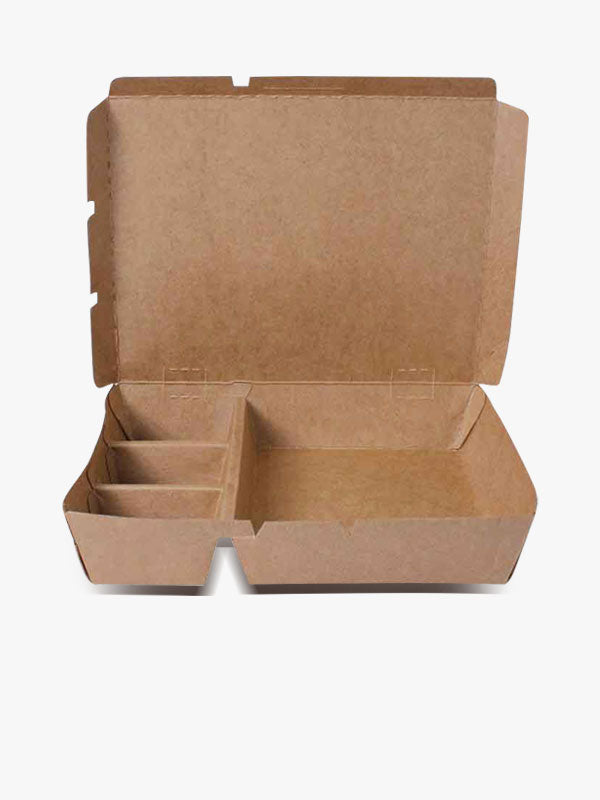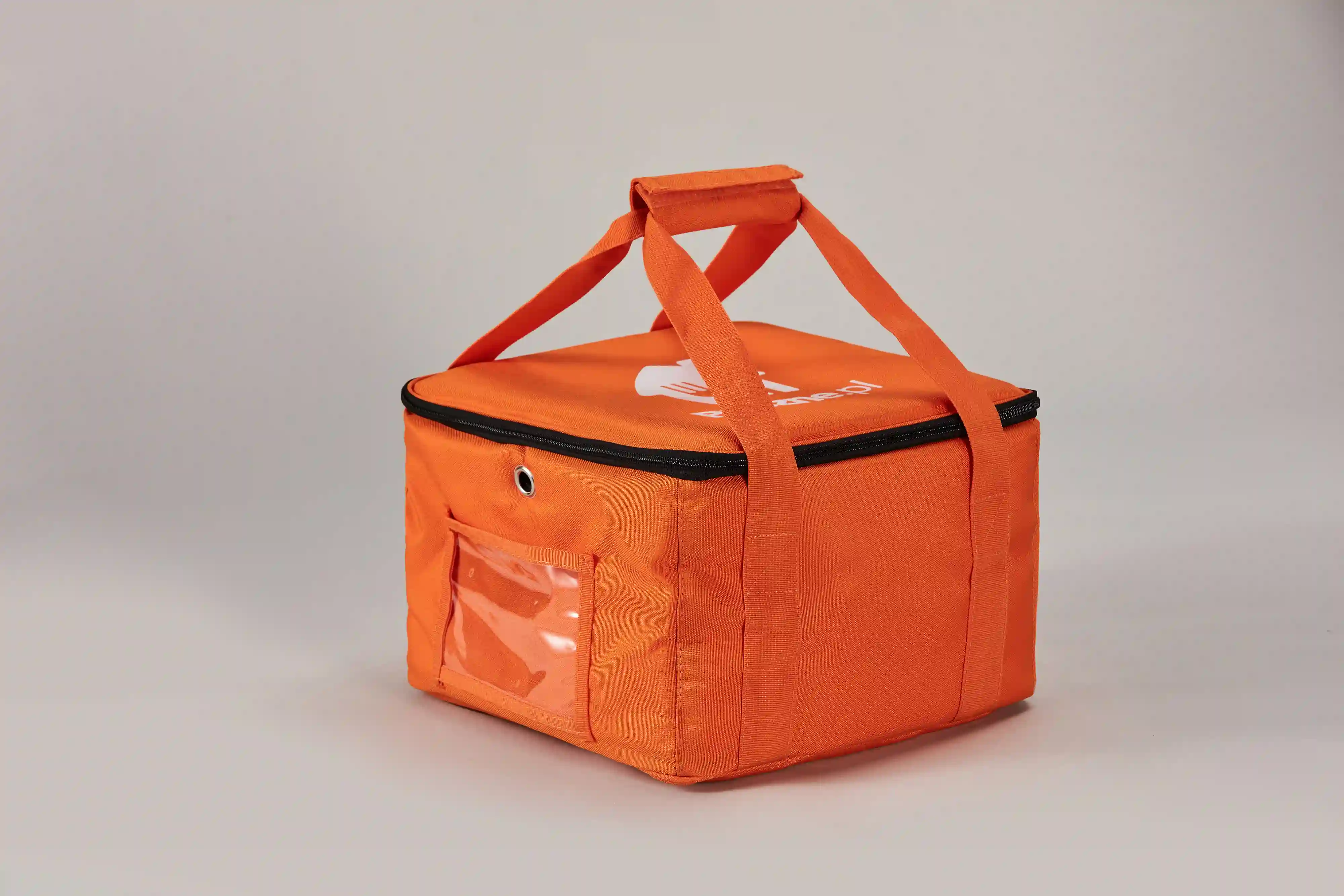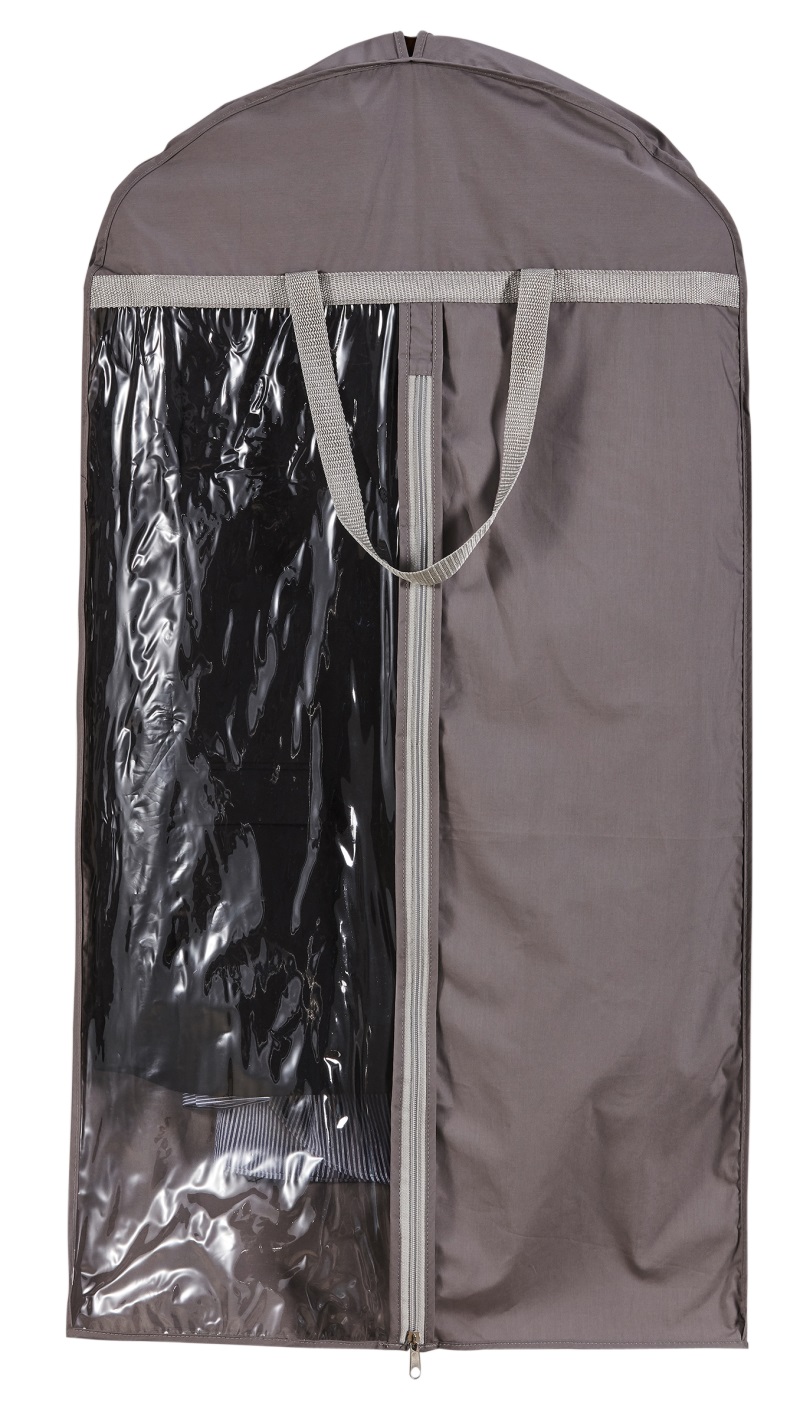
Paper, a ubiquitous material in our daily lives, has been used for centuries for various purposes, ranging from communication and documentation to packaging and art. But have you ever wondered whether paper is a natural or processed material? In this blog post, we will delve into the origins of paper and its intricate processing methods, shedding light on its true nature.
- The Natural Origins of Paper:
Contrary to popular belief, paper is not a naturally occurring material. Its journey begins with the extraction of cellulose fibers from plants, primarily trees. The most commonly used tree species for paper production include spruce, pine, and fir. These trees are carefully selected and harvested, ensuring sustainable practices to minimize environmental impact. - Pulping: The First Step in Paper Processing:
Once the trees are harvested, they undergo a process called pulping. Pulping involves breaking down the wood into small fibers, separating them from other components like lignin and hemicellulose. This step is crucial as it determines the quality and characteristics of the final paper product. - Bleaching and Chemical Treatment:
To achieve the desired brightness and whiteness, the pulped fibers undergo bleaching. Bleaching agents, such as chlorine dioxide or hydrogen peroxide, are used to remove any remaining impurities and colorants. Additionally, chemical treatments may be applied to enhance the strength and durability of the paper. - Papermaking: From Pulp to Sheets:
After the pulping and bleaching processes, the resulting pulp is mixed with water to create a slurry. This slurry is then spread onto a wire mesh, where the water drains away, leaving behind a mat of interconnected fibers. The mat is then pressed and dried, resulting in the formation of paper sheets. - Coating and Finishing:
Depending on the intended use, paper may undergo additional processing steps such as coating and finishing. Coating can enhance the paper's smoothness, glossiness, and printability, making it suitable for high-quality printing applications. Finishing processes, such as calendaring or embossing, can further modify the paper's surface texture and appearance.
Conclusion:
In conclusion, while paper originates from natural sources, it undergoes a complex processing journey to transform raw materials into the versatile material we know today. From pulping and bleaching to papermaking and finishing, each step contributes to the final product's quality and characteristics. Understanding the intricate nature of paper allows us to appreciate its versatility and make informed choices regarding its usage.


